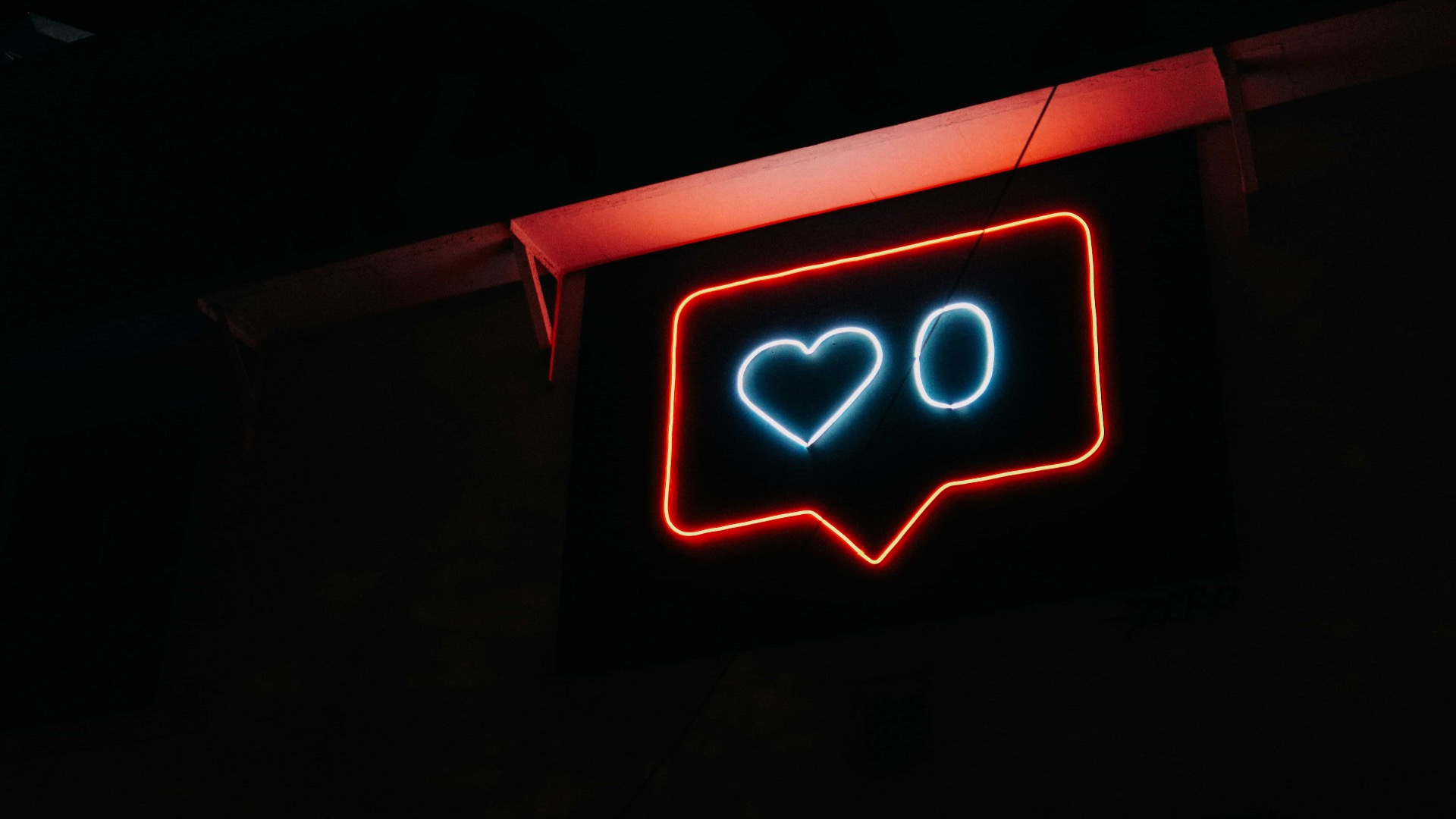In our digital world, we spend an average of 6.5 hours online every day. While the internet connects us to an endless sea of information, how does what we browse impact our mental health? A new study reveals a powerful connection: the types of websites we visit can influence - and be influenced by - our mood and overall mental health. The research highlights a feedback loop where negative browsing habits can worsen mental health, while improving those habits can lead to a better mood.
Negative Content, Negative Mood
The study found that people who frequently visit websites with negative content tend to report worse mental health. This includes symptoms like anxiety, social withdrawal, and intrusive thoughts. Interestingly, the reverse is also true: people in a low mood are more likely to seek out negative content, creating a cycle that perpetuates their mental health struggles.
Using advanced tools to analyze the emotional tone of web pages, researchers scored the content participants browsed as either positive or negative. They then compared these scores to mental health questionnaires filled out by participants. The results showed a strong link between exposure to negative content and poorer mental health. Participants who browsed more positive content, on the other hand, reported feeling happier after their internet sessions.
A Two-Way Relationship
The research goes beyond showing a simple connection; it establishes a two-way relationship. Not only does our mood shape the type of information we seek online, but the information we consume can also directly affect our mood. For example, participants who started browsing in a low mood were more likely to choose negative websites. Afterward, they often felt even worse, reinforcing their tendency to engage with similar content.
This feedback loop highlights how easily online behavior can spiral. However, it also opens the door to strategies that could interrupt this cycle and promote better mental health.
Changing How We Browse
To test if browsing habits could be changed for the better, researchers conducted an intervention. Participants were shown labels on search results indicating whether a website was likely to make them feel better, worse, or neutral. Armed with this information, many participants chose more positive content. Those who browsed positive sites reported feeling better afterward, suggesting that small changes in browsing behavior can have a big impact on mood.
The findings also suggest a need for digital tools that guide people toward healthier browsing habits. For example, browser plugins or search engines could highlight the potential emotional tone of websites, helping users make more mindful choices about the content they consume.
Why This Matters
The implications of this study are far-reaching. With mental health concerns on the rise, especially among those who spend long hours online, understanding the connection between browsing habits and mood is critical. This research provides a pathway for improving mental health by encouraging healthier online behaviors.
For individuals, it’s a reminder to be mindful of the content we consume. If you’re feeling down, consider steering away from negative news or forums and seeking out more uplifting or neutral content instead. For policymakers and tech developers, the study emphasizes the importance of creating tools that promote mental well-being in our digital spaces.
As the internet becomes an even bigger part of our lives, this research reminds us of its power - not just to inform but to shape our thoughts, feelings, and overall mental health. By choosing what we browse wisely, we can take steps toward a healthier, happier online experience.


